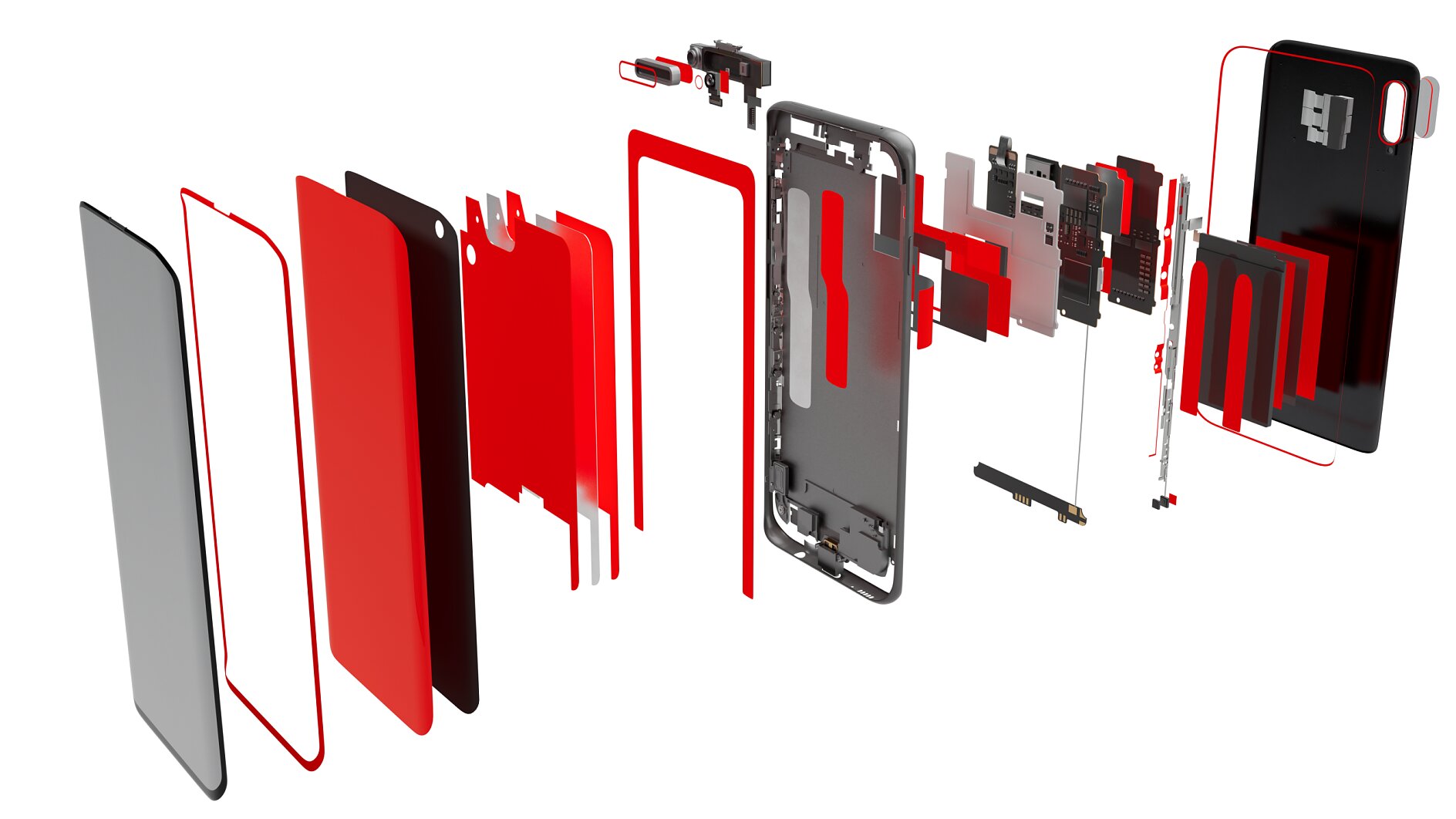
**Innovative Water-Resistant Hydrogels: A Significant Advancement in Adhesive Technology**
In a remarkable breakthrough, scientists have created new water-resistant hydrogels that demonstrate superior adhesive qualities compared to any existing natural substances. These cutting-edge hydrogels were engineered with the help of machine learning algorithms, which were trained on data from natural adhesives generated by creatures such as geckos and mussels. These novel materials hold great potential for real-world applications in areas like surgical procedures, marine agriculture, and deep-ocean exploration.
The difficulty in producing soft, gelatinous adhesives lies in achieving the right balance between strength and flexibility. Elastomeric polymer hydrogels provide a solution, yet their hydrated bonding structures are often susceptible to water infiltration, diminishing their resistance. However, the natural realm offers numerous instances of water-resistant adhesive hydrogels found in marine organisms, bacteria, fungi, and viruses.
This initiative, headed by Jian Ping Gong from Hokkaido University in Japan, with collaboration from researchers in Japan and China, involved extracting a dataset of 24,707 natural adhesive protein sequences from a US National Institutes of Health biotechnology database. The researchers synthesized 180 candidates using a free-radical random copolymerization technique and evaluated them for adhesive strength. Notably, the most effective candidate stemmed from amino acid sequences generated by *Escherichia* bacteria.
By assessing characteristics in these promising hydrogels and utilizing iterative machine learning, the team produced a new array of candidates that surpassed natural alternatives in both strength and stability. ‘Our objective is to create a systematic, data-informed framework that encompasses broader sequence logic,’ states Hailong Fan, previously at Hokkaido University and currently at Shenzhen University in China.
The research resulted in three distinct hydrogels. One of these outperformed the *Escherichia*-derived adhesive by seven times, capable of affixing a rubber duck to a seaside rock while resisting saltwater and waves. Another hydrogel showcased the ability to withstand high water pressure, effectively sealing ruptured pipes. The team confirmed the biocompatibility of all three hydrogels through implantation in mice. ‘We are tailoring the hydrogel for uses in medical adhesives, marine fixes, and soft robotics,’ states Fan.
Ting Xu, a materials scientist at the University of California, Berkeley, praises the remarkable properties of the materials but stresses the essential role of human expertise alongside machine learning in their creation. Xu emphasizes Jian Ping Gong’s knowledge, pointing out that her extensive experience in hydrogel research was pivotal in selecting the optimal monomers and experimental methods. She contends that the achievement of this research serves as a prime example of the successful integration of human and artificial intelligence.
This groundbreaking methodology for hydrogel development not only highlights the potential of fusing machine learning with expert insight but also sets the stage for major progress across diverse industries. As the research advances, the versatility and adaptability of these new hydrogels signify a future where adhesive technology meets the challenges of increasingly varied and demanding environments.